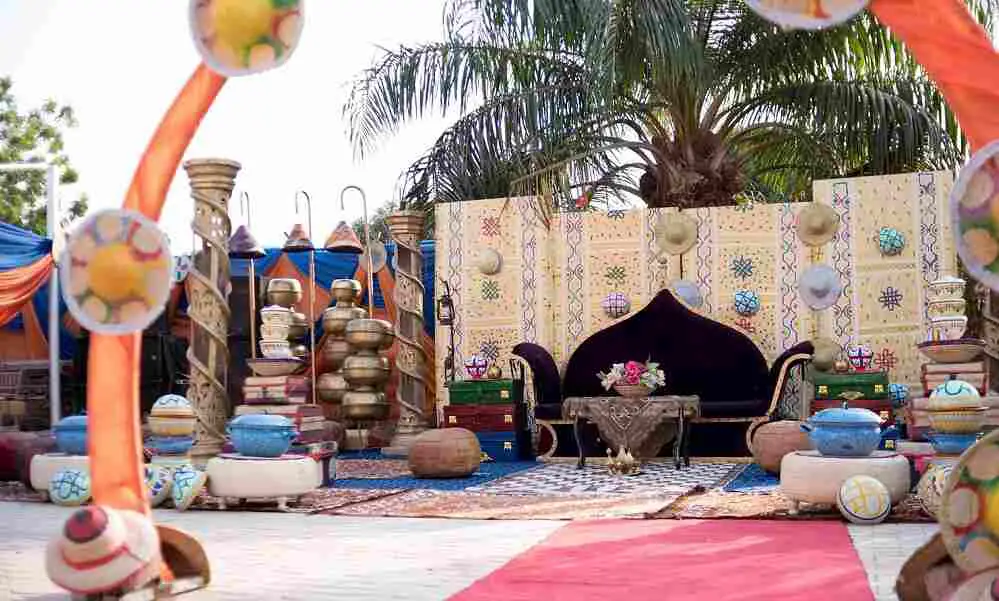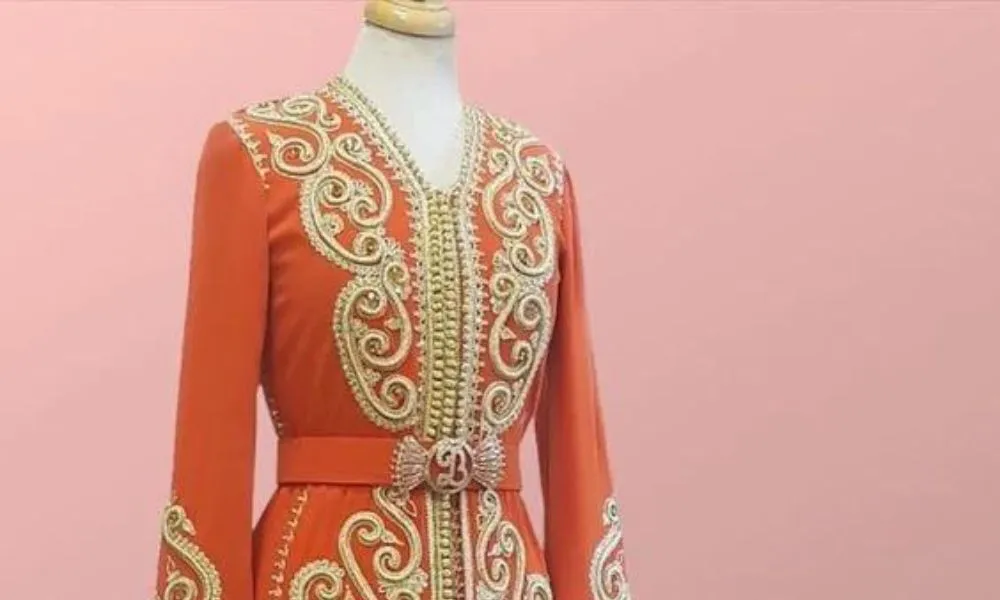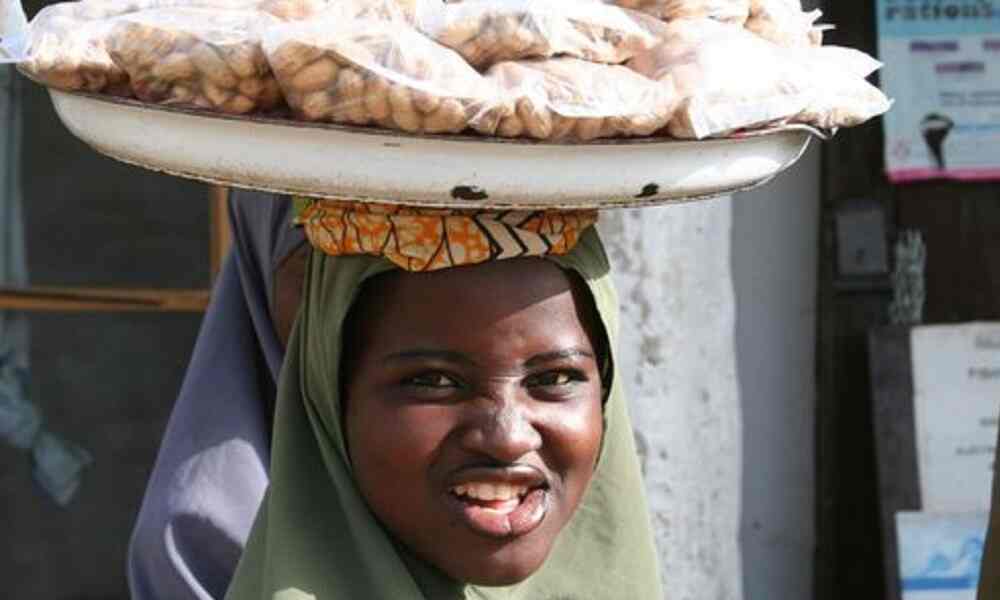The literal meaning of the Hausa word “Kamu” is “to catch”, but a more comprehensive explanation is that Kamu is one of the wedding traditions of the Hausa people of the Northern part of Nigeria. Kamu tradition is a pre-wedding event that is organized for the family of the groom to be to come and catch the bride to be who is soon going to be a member of their family.
How Kamu is Done in the Olden Days
In the olden days, the Kamu begins with the bride and/or her family deciding who her ‘Uwar Kunshi’ is, i.e. the woman whose house will be used to adorn the bride in preparation for her wedding. The Uwar Kunshi can be an aunt, an older sister or any other elderly female relative. It could even be an elderly person who is just a friend of the family. A day for the Kamu will be chosen, and on that day the bride will go into hiding with the help of her friends.
They will find the bride locked in a room while her friends stay guard, and the friends will tell the family of the groom that they will not let them into the room until they pay them some money, and negotiation will ensue. This negotiation process is called “Cinikin Kofa”
The Uwar Kunshi will gather a bunch of women including the bride’s family and the groom’s family in order to find the bride. These women will go from house to house in the designated area chosen for the Kamu and try to find the bride and her friends.
The friends of the bride will name their price, and the groom’s family will reduce the price, such will continue until they come to an agreement, then the friends will let them into the room where the family of the groom will see the bride. They will then apply henna or perfume to her body. This will mark the end of the Kamu as the bride has been ‘caught’.
The people who went to catch the bride along with her friends and the bride herself will then go to the house of the Uwar Kunshi for the “Kunshi”. This event that comes immediately after the Kamu tradition is basically time spent getting the bride ready for her big day. She and her friends will spend two or three days cleaning her up and beautifying her for her big day.
The food which they will eat during this period will be provided for by the groom, not the Uwar Kunshi. The friends of the bride will collect money from the groom to purchase foodstuff to cook for those days. The bride’s body will be scrubbed, waxed and henna applied on her hands, feet and in some cases, the neck. And then the marriage will be done.
Modern Kamu Tradition
Nowadays people have a different way of doing the Kamu tradition. It has morphed into an opportunity for people to play music, dance, and do other fun stuff. It is more of an event than a tradition.
In this case, the bride glams up for the Kamu by getting her hair done, makeup and henna on her hands and feet. She is then dressed up in glamorous clothes and seated down on a stage. Some people go to great lengths to ensure that the venue for the Kamu looks glamorous and is decorated to taste.
Once the bride has reached the venue, food is served, music is played. The bride, her friends and family dance to music and pictures are taken. Some people decide to chip in a bit of tradition here by engaging in a negotiation between the groom’s family and the bride’s friends to see the bride. Once an agreement has been reached regarding the price to be paid to the friends, they will then let the groom’s family see her. This marks the end of the Kamu, and people engage in more dancing and more eating.
Conclusion
Although the Kamu is a female affair, nowadays the groom attends the Kamu with a couple of his friends to take pictures with the bride, his and her family and other people present. The Kamu tradition is no longer done according to the traditions. The actual meaning of the word has lost its significance.










This is a very educative piece as majority of us don’t know the history of this event/tradition.
I guess it’s the money collected by the bride’s friend during kamu that has now been replaced by Siyan Baki.